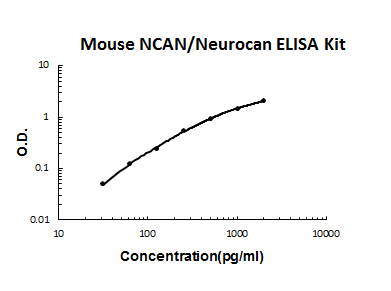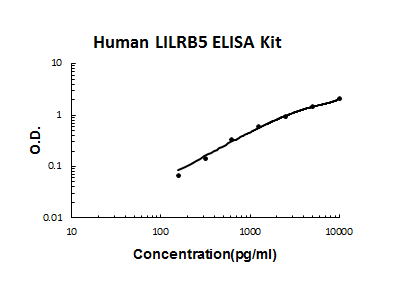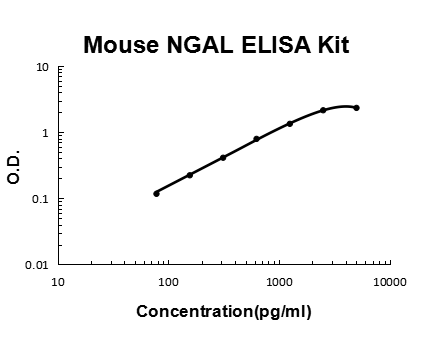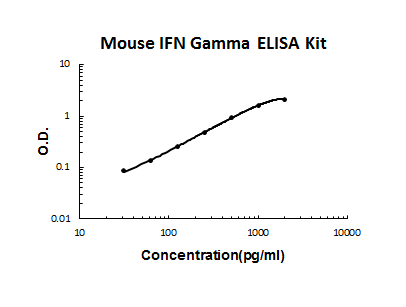Description
Antigen: fusion protein amino acids 1,019-1,108 (cytoplasmic C-terminus) of rat HCN4 • Host: mouse, clone S114-10 • Isotype: IgG1 • Cross Reactivity: (+) human, mouse, and rat HCN4 • Application(s): ICC, IHC, and WB • Hyperpolarization-activated cation channels of the HCN gene family contribute to spontaneous rhythmic activity in both the heart and the brain.
Synonyms:
Immunogen: fusion protein amino acids 1,019-1,108 (cytoplasmic C-terminus) of rat HCN4
Formulation: 100 µg of protein G-purified IgG in 100 µl PBS, pH 7.4, containing 50% glycerol and 0.09% sodium azide
Isotype: IgG1
Applications: WB, ICC, and IHC
Origin: Animal/Mouse
Stability: 365 days
Application|Immunocytochemistry||Application|Immunohistochemistry||Application|Western Blot||Product Type|Antibodies|Monoclonal Antibodies||Research Area|Cardiovascular System|Heart||Research Area|Neuroscience




